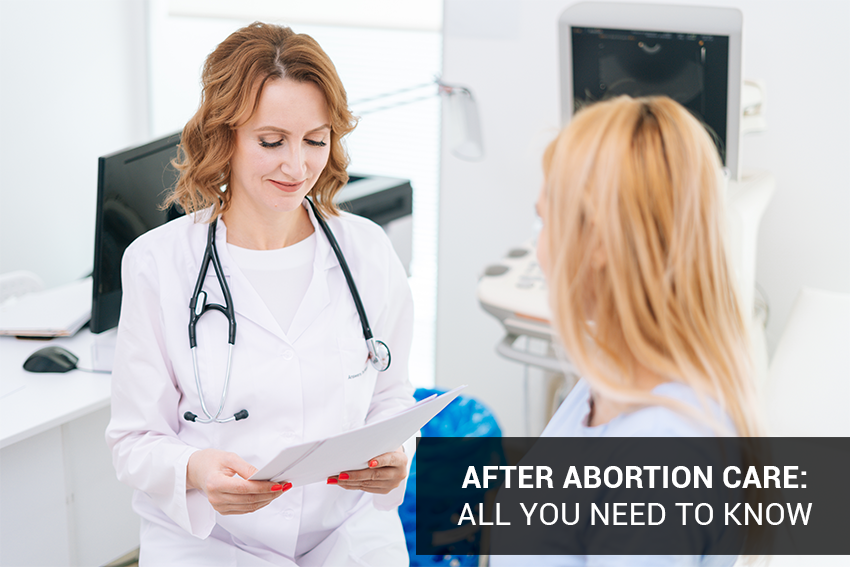Dilation and Curettage (D & C): All You Need To Know

Dilation and curettage, commonly known as D&C, is a minimally-invasive, minor surgical procedure to remove the tissue from the uterus after a miscarriage. The surgery is performed by a gynaecologist or obstetrician in their respective surgery centre. It is usually an outpatient procedure, where you are discharged and allowed to go home the same day.
D&C derives its name from:
- Dilation of the cervix: The gynaecologist dilates (opens) the cervix, which is the lower, narrower opening of the uterus where it meets the top of the vagina. The cervix usually dilates only during childbirth.
- Curette: The gynaecologist uses a thin instrument known as a curette to scrape the wall of the uterus and remove tissue.









